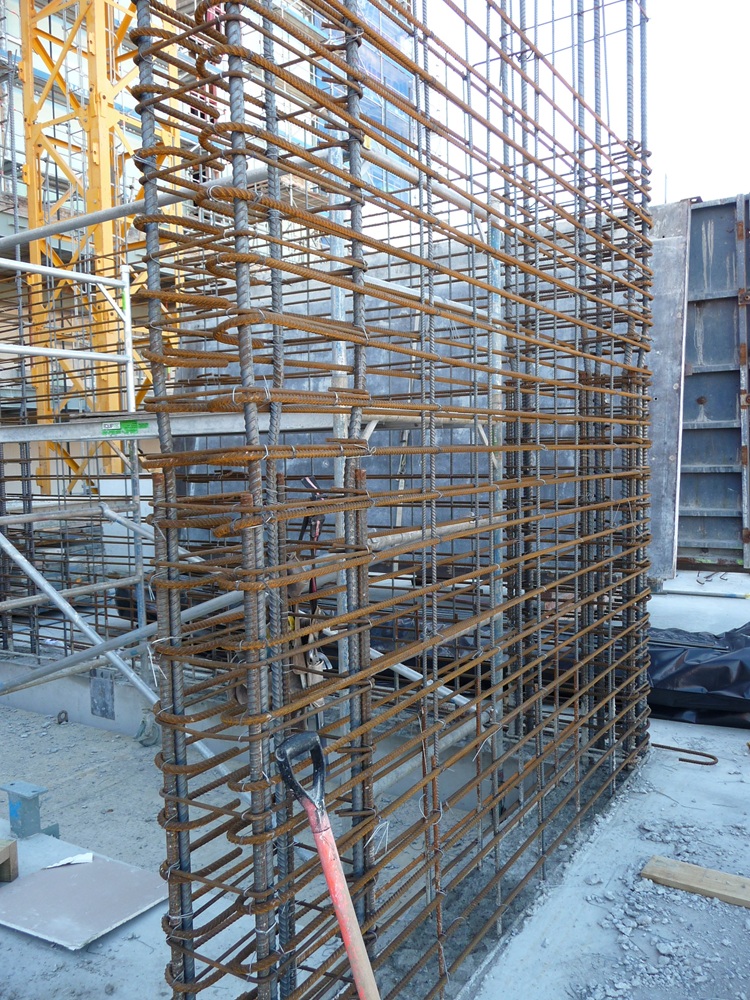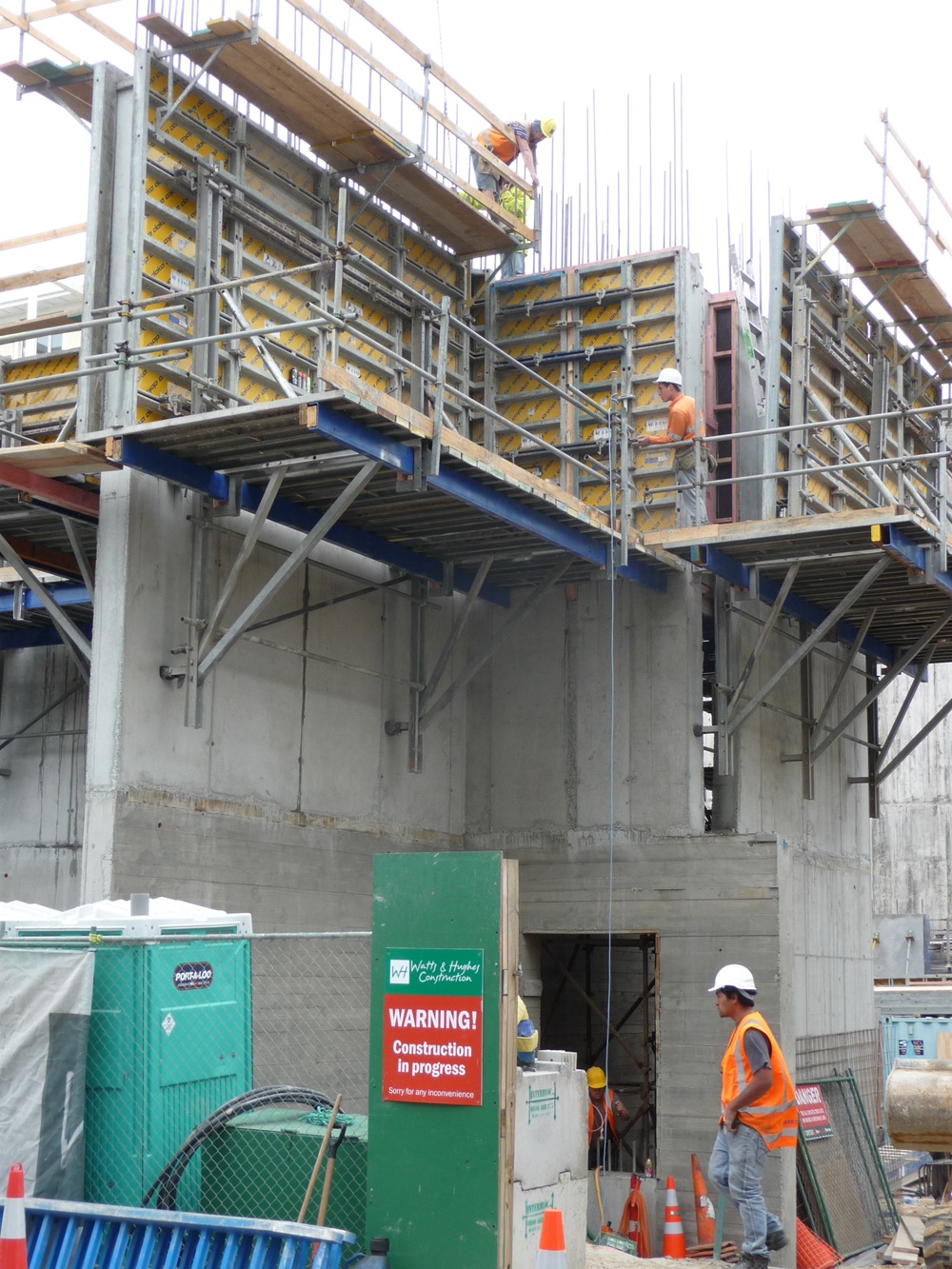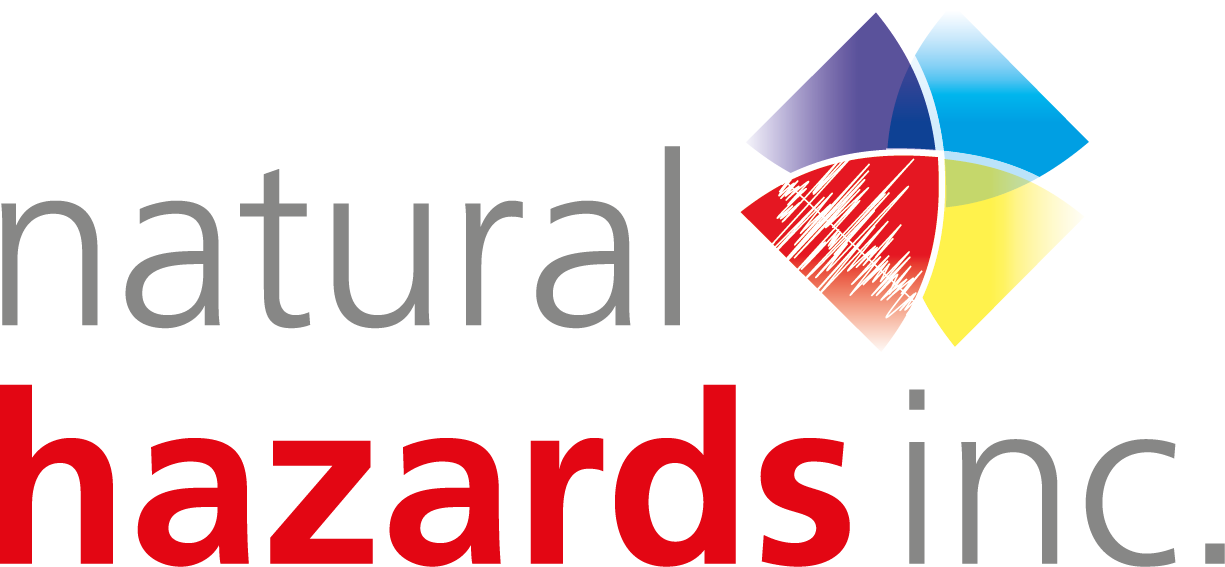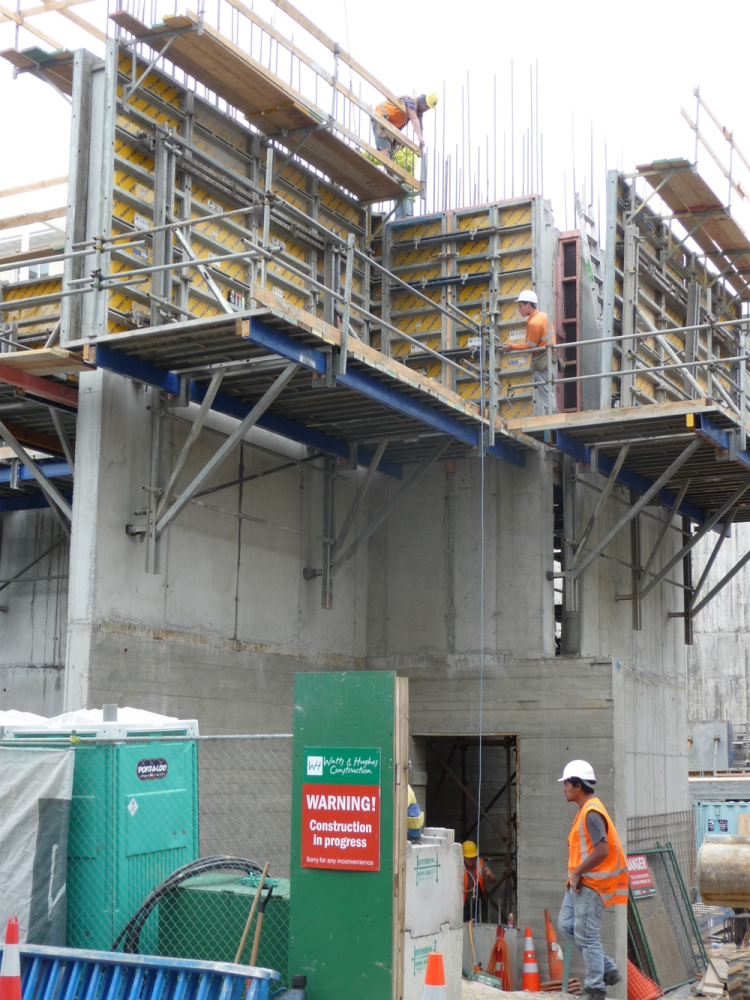RESOURCES SERIES: Earthquake-safe Buildings
ARTICLE 19 in a series of Educational Articles for Developing Nations to Improve the Earthquake Safety of Buildings
ABOUT THIS SERIES OF RESOURCES >>
People make mistakes. Most mistakes don’t have serious consequences, but some do. Mistakes arise from many sources. They may be unintentional, like from a lack of care or concentration, or perhaps due to a lack of understanding. Some mistakes are intentional. People take shortcuts, don’t follow plans or use inferior materials for financial gain. In the building industry mistakes can cost lives, especially during a damaging earthquake. A mistake made during the design process or during construction may not show up right away. But that defect may make the difference between a building remaining standing or collapsing during an earthquake (Figure 1).

Figure 1. Severe damage during an earthquake could occur if several reinforcing bars are missing from this reinforced concrete wall.
Some industries, in an attempt to reduce mistakes and increase safety, implement a system of checks. Airlines are a good example. Read the job description of a co-pilot and you see that checking is a significant part of the job. There are so many aspects of flying that need to be checked. If one aspect, say fuel requirements, is missed, the result can be catastrophic. Checklists are a crucial tool to ensure safety.
None of us like to have our work checked by others but this process is necessary, especially where mistakes can be dangerous. The design and construction of buildings is such an area. While it is relatively straight forward for a civil engineer to design a building to resist ordinary day-to-day forces, it is more difficult to design for movements during a large earthquake. A higher level of knowledge, understanding and experience is required and mistakes are more likely. Some form of checking, independent of the original designer is needed. Calculations, plans and specifications need checking to ensure they comply with local codes and standards (Figure 2).

Figure 2. During both design and construction these reinforced concrete walls were checked by engineers to ensure the structural design was sound and that construction was in accordance with the plans.
Ask your civil engineer what checks have been done. Has the work been checked independently by a qualified person in the same firm, or even better, by an engineer in another firm? If not, it should be, even though you will be charged for it. After checking, the construction documents are ready for a building permit application. Even if the Building Department doesn’t do a technical check for safety before they issue a building permit, you can be reasonably confident of an earthquake-safe building provided the construction documents are followed on site.
<< PREVIOUS ARTICLE I NEXT ARTICLE >>
RESOURCES SERIES
INTRODUCTION:
About this resources series
- Earthquakes and How They Affect Us
- Avoiding Soil and Foundation Problems during Earthquakes
- Three Structural Systems to Resist Earthquakes
- Why Walls Are the Best Earthquake-resistant Structural Elements
- Are Walls in Buildings Helpful during Earthquakes?
- How Do Buildings with Reinforced Concrete Columns and Beams Work in Earthquakes?
- Principles for Earthquake-safe Masonry Buildings
- Tying Parts of Buildings Together to Resist Earthquakes
- Local Wisdom and Building Safety in Earthquakes
- Infill Walls and How They Affect Buildings during Earthquakes
- A Common Structural Weakness to Avoid: Soft Story
- A Common Structural Weakness to Avoid: A Discontinuous Wall
- A Common Structural Weakness to Avoid: Short Column
- Preventing a Building from Twisting during Earthquake
- Why Buildings Pound Each Other during Earthquakes
- Construction Codes and Standards
- What to Look for in Building Regulations
- What to Expect from a Building Designed according to Codes
- Importance of Checks during the Design of Buildings
- Importance of Checks during the Construction of Buildings
- Preventing Damage to Non-structural Components
- Retrofitting Buildings against Earthquake
- Advanced Earthquake-Resilient Approaches for Buildings
- Urban Planning and Earthquake Safety
- Tsunamis and Buildings

